
Experiencing the Shinkansen in Japan: Booking and Boarding Tips
The Shinkansen, or bullet train, is one of Japan’s most iconic transportation systems, offering a fast, efficient, and comfortable way to travel across the country. Known for its punctuality, sleek design, and incredible speeds, the Shinkansen is a favorite among both locals and tourists. Whether you’re traveling from Tokyo to Kyoto or venturing further to Hiroshima or Hokkaido, experiencing the Shinkansen is a must-do for any trip to Japan.
This guide covers everything you need to know about booking and boarding the Shinkansen, ensuring a smooth and enjoyable journey on Japan’s high-speed rail network.
Contents
1. Understanding the Shinkansen
2. Booking Your Shinkansen Ticket
1. Understanding the Shinkansen
The Shinkansen is Japan’s high-speed train network, operated by Japan Railways (JR). It connects major cities and regions, offering an efficient and comfortable alternative to flying or driving. The Shinkansen is divided into several lines, each serving specific routes:
Main Shinkansen Lines
- Tokaido Shinkansen: Connects Tokyo, Nagoya, Kyoto, and Osaka, making it one of the busiest lines.
- Sanyo Shinkansen: Extends from Osaka to Hiroshima and Hakata (Fukuoka).
- Tohoku Shinkansen: Travels north from Tokyo to Aomori, passing through Sendai and Morioka.
- Hokkaido Shinkansen: Connects Aomori to Hokkaido, reaching as far as Hakodate.
- Kyushu Shinkansen: Operates within Kyushu, connecting Hakata to Kagoshima.
Shinkansen trains come in several types, such as the Nozomi, Hikari, and Kodama on the Tokaido line. The Nozomi is the fastest but is not covered by the Japan Rail Pass, while the Hikari and Kodama are slower but accessible for pass holders.
2. Booking Your Shinkansen Ticket
Booking your Shinkansen ticket can be done through various methods, depending on your preferences and travel plans:
Using the Japan Rail Pass
The Japan Rail Pass is a cost-effective option for tourists planning to travel extensively on JR lines. It offers unlimited rides on eligible Shinkansen trains and can be used for reserved and non-reserved seats. To book a seat, visit any JR ticket counter or use ticket machines with your activated Rail Pass. Note that the Nozomi and Mizuho trains are excluded from the pass.
Purchasing Tickets at a JR Ticket Office
Tickets can be purchased at JR ticket offices, also known as "Midori no Madoguchi." Staff at these offices can assist you with selecting the best train and seat options. Be prepared with your travel dates, departure and arrival stations, and preferred seating type (reserved or non-reserved).
Online Booking
JR offers online booking services for Shinkansen tickets through platforms like JR Pass and JR East Train Reservation. These platforms allow you to check availability, book seats, and pay in advance. Some services even offer mobile tickets, eliminating the need for paper tickets.
Using Ticket Machines
Self-service ticket machines are available at major JR stations and support multiple languages. These machines are convenient for last-minute bookings and offer options for both reserved and non-reserved seats. Simply follow the on-screen instructions to select your route, time, and seat preference.
3. Boarding the Shinkansen
Boarding the Shinkansen is a straightforward process, but following these steps ensures a smooth experience:
Locate the Correct Platform
Shinkansen platforms are usually separate from regular train platforms and are clearly marked. Look for signs indicating "Shinkansen" or your specific line, such as "Tokaido Shinkansen." Verify your train number and departure time on electronic boards.
Arrive Early
Arrive at least 15-20 minutes before departure to locate your platform, validate your ticket (if using a Rail Pass or paper ticket), and find your boarding area. Trains are punctual and wait only briefly at each station.
Boarding Zones
Platforms have designated boarding zones for each car. Your ticket will indicate your car number and seat assignment. Stand in the corresponding line and wait for the train to arrive. Non-reserved cars are usually marked, so check signs if you don’t have a reserved seat.
Onboard Etiquette
Once onboard, store your luggage in the overhead racks or designated areas at the end of the car. Keep noise levels low and use headphones for electronic devices. If you’re traveling with food, dispose of waste properly in the bins provided.
4. Luggage Rules and Tips
Traveling with luggage on the Shinkansen is convenient, but there are a few guidelines to keep in mind:
Luggage Size Limits
Luggage should not exceed 160 cm (combined height, width, and depth). Larger items require advance reservations for oversized luggage spaces, available in certain cars.
Overhead and Storage Areas
Smaller bags and backpacks can be stored in overhead racks, while larger suitcases can be placed in designated areas at the ends of each car. Make sure your luggage is secure and labeled with your contact information.
Travel Light
Consider shipping larger items via Japan’s efficient luggage delivery services, such as Takkyubin, to minimize stress during your journey.
5. Enjoying the Shinkansen Experience
Traveling by Shinkansen is not just about getting from point A to point B—it’s a cultural and scenic experience:
Ekiben (Train Station Bento)
Pick up an ekiben, a special bento box sold at train stations, before boarding. These beautifully packaged meals feature local specialties and are a highlight of Shinkansen travel.
Scenic Views
Enjoy panoramic views of Japan’s countryside, mountains, and cities through large train windows. For travelers on the Tokaido Shinkansen, try to book a seat on the right side (towards Osaka) for a glimpse of Mount Fuji.
Comfort and Convenience
The Shinkansen offers spacious seating, clean restrooms, and trolley service for snacks and drinks. Use this time to relax, read, or plan the next leg of your journey.
6. Conclusion: Traveling the Shinkansen Like a Pro
The Shinkansen is more than just a transportation option—it’s an iconic part of Japanese culture and a highlight of any trip to Japan. By understanding the booking process, preparing for boarding, and following luggage guidelines, you can enjoy a smooth and memorable experience. Whether you’re traveling for leisure or business, the Shinkansen offers a convenient, comfortable, and scenic way to explore Japan’s incredible destinations.
Share
You may also like
-

Visiting Japan’s Love Hotel Districts: What to Expect
Japan’s love hotel districts are famous for their unique and fascinating blend of privacy, creativity, and a touch of...
-

Top 10 Late-Night Dining Spots in Tokyo’s 24-Hour Cafes
Tokyo’s vibrant nightlife extends well beyond bars and nightclubs, with a thriving late-night dining culture tha...
-
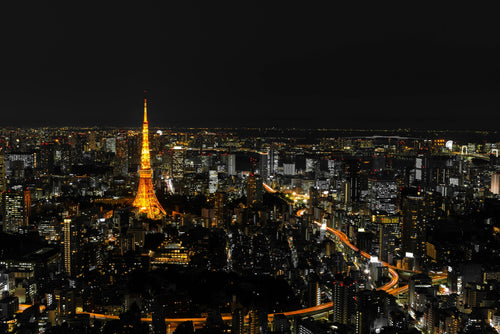
Best Night Tours in Tokyo for After-Dark Adventures
Tokyo’s nightlife is renowned for its energy, vibrancy, and unique blend of traditional and modern experiences. From ...
-
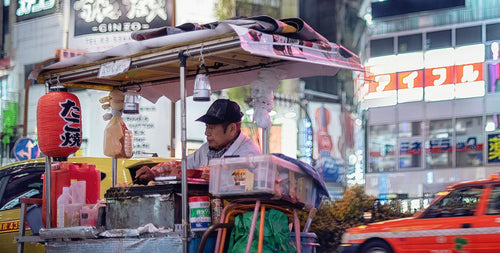
Japan’s Late-Night Food Culture: 8 Best Street Eats
Japan’s late-night food culture is a vibrant experience, especially in bustling cities like Tokyo and Osaka, where de...
-
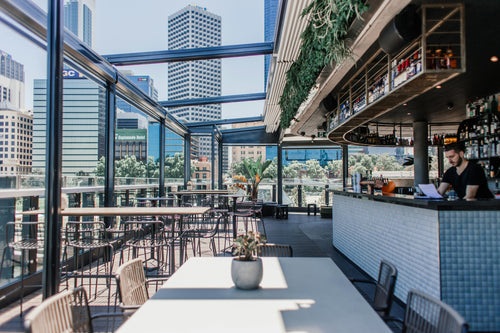
7 Rooftop Bars in Tokyo for Stunning Views
Tokyo’s rooftop bars offer some of the best ways to soak in the city’s skyline while enjoying drinks, atmosphere, and...
-

10 Best Nightclubs in Tokyo for Dancing and Music Lovers
Tokyo's nightlife is renowned for its variety and energy, with nightclubs that range from high-energy dance floors to...
-
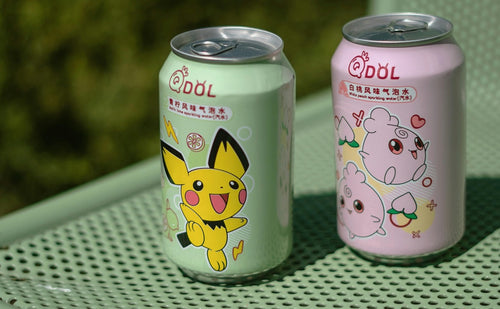
8 Themed Bars and Cafes You Need to Visit in Tokyo
Tokyo is famous for its creative and quirky themed bars and cafes, offering immersive experiences for locals and...
-

Tokyo Nightlife Guide: Shinjuku, Shibuya, and Roppongi Highlights
Tokyo’s nightlife is legendary, offering a mix of vibrant energy, entertainment, and unique experiences in some of it...
-
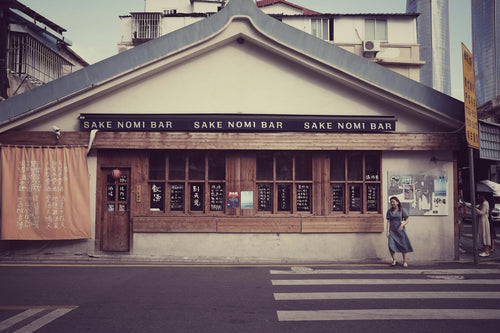
7 Best Japanese Sake Bars in Tokyo
Tokyo is home to some of Japan’s best sake bars, offering both locals and visitors an opportunity to explore the...
-
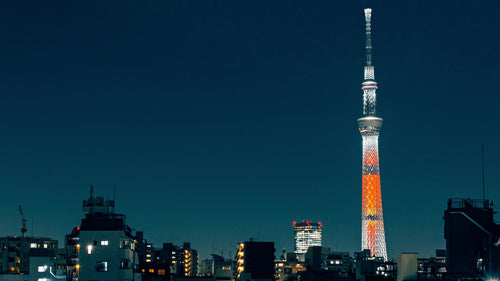
Top 6 Observation Decks in Tokyo for Scenic Views
Tokyo’s observation decks offer some of the best panoramic views of the city, giving visitors a chance to see th...
-
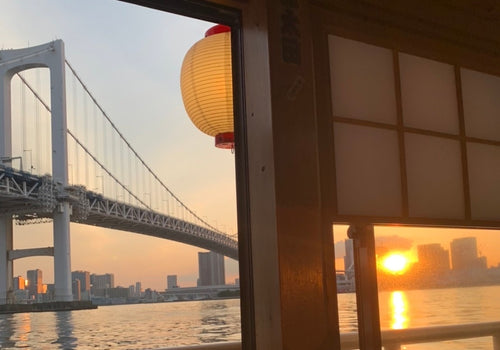
Night Cruises in Tokyo: Enjoy the City Views
Tokyo’s skyline is mesmerizing at any time, but experiencing it from the water on a night cruise adds a magical ...
-
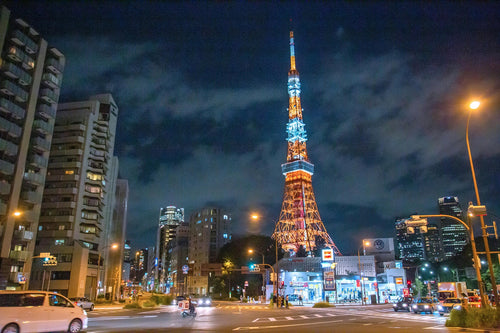
Roppongi Art and Nightlife Guide
Roppongi is one of Tokyo’s most vibrant districts, known for its lively nightlife, sophisticated art scene, and ...
-
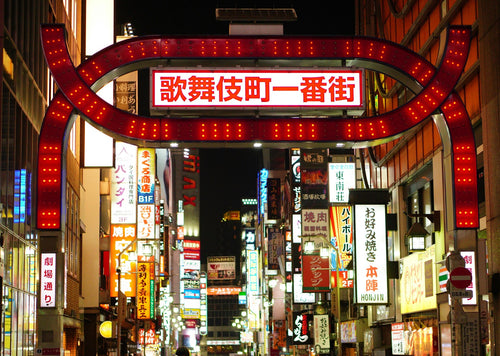
Nightlife Guide to Shinjuku Kabukicho
Shinjuku’s Kabukicho district, known as Tokyo’s “Sleepless Town,” is the center of nightlife in Tokyo. Renowned ...
-
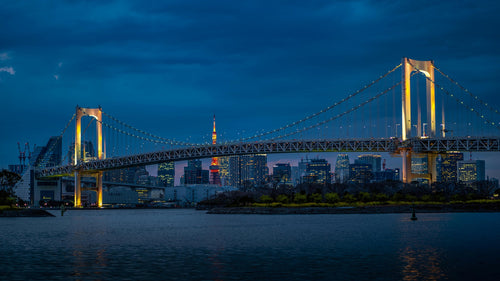
6 Best Night View Spots in Tokyo
Tokyo at night is a breathtaking spectacle, with illuminated skyscrapers, iconic landmarks, and bustling streets that...
-
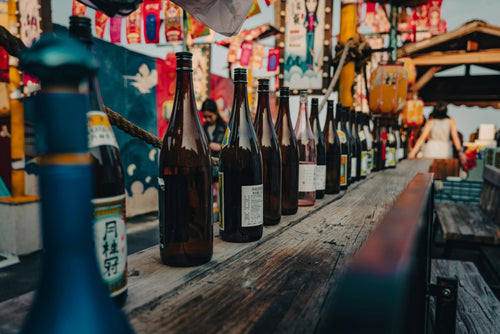
Top 12 Sake Breweries in Japan for Tasting and Tours
Japan’s sake culture is celebrated around the world for its depth, complexity, and rich history. Sake, or nihons...
-
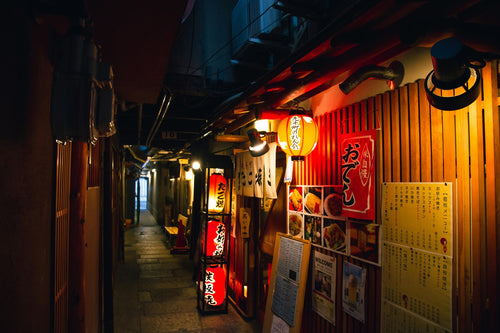
How to Enjoy a Night at a Japanese Izakaya
Japanese izakayas are casual, lively spots where locals gather after work to enjoy drinks, share small plates, a...
-

Exploring Karaoke Culture in Japan: 8 Best Places to Sing
Karaoke is an integral part of Japanese culture, offering a fun and entertaining way for friends, family, and even co...
-
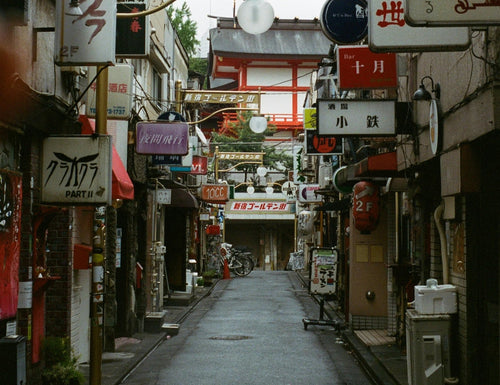
5 recommended bars in Golden Gai
Golden Gai, nestled in the heart of Tokyo’s Shinjuku district, is one of the city’s most iconic bar districts. Known ...
-

10 Japanese Gardens You Should Visit for Tranquility
Japanese gardens are renowned for their beauty, tranquility, and intricate designs that reflect harmony with nature. ...
-
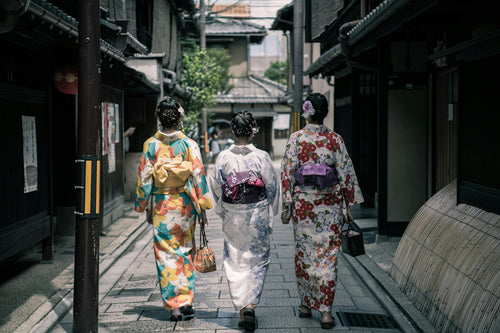
Japan’s Kimono Heritage: Symbolism, Style, and Where to See
The kimono, Japan’s traditional garment, is a beautiful and symbolic representation of Japanese culture. From its int...
-
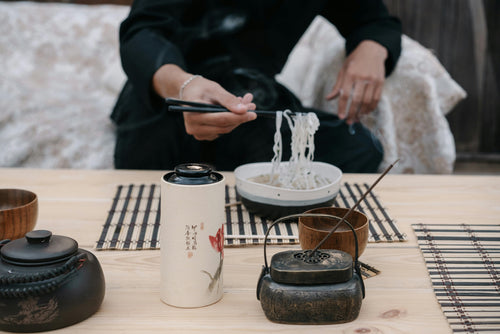
Etiquette Essentials for Visitors to Japan
Japan’s culture is rich in respect, politeness, and consideration, making etiquette an essential part of daily l...
-

7 Best Places to Discover Japan’s Samurai History
Japan’s samurai history is one of honor, skill, and deep cultural influence, stretching back centuries and leaving an...
-
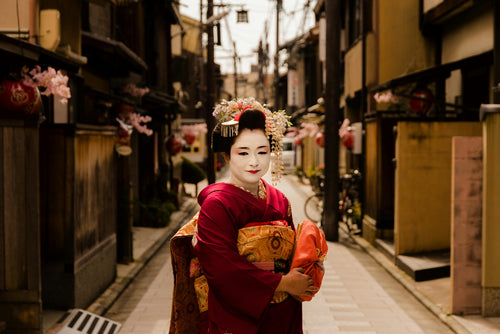
Geisha Culture in Japan: Myths and Realities
The world of geisha, Japan’s skilled performers and keepers of traditional arts, has long intrigued people around th...
-
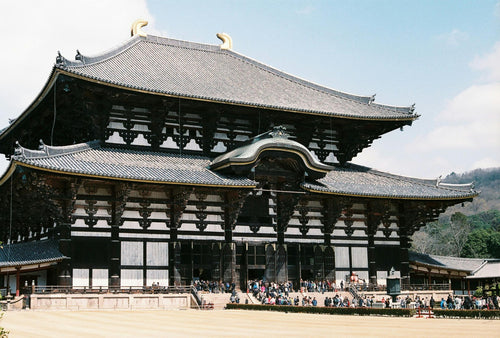
Japan’s Unique Architecture: Top 8 Traditional and Modern Landmarks
Japan is renowned for its unique blend of ancient architectural heritage and cutting-edge modern designs. From c...
-
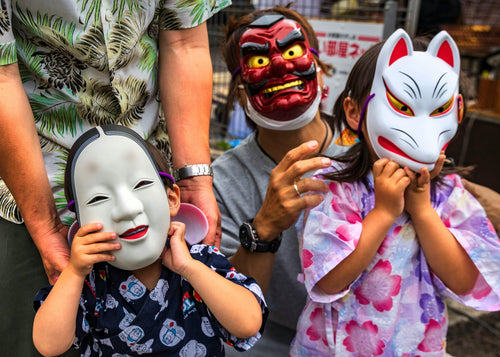
10 Traditional Japanese Festivals (Matsuri) You Can’t Miss
Japanese festivals, or *matsuri*, are vibrant celebrations of cultural heritage, featuring elaborate costumes, l...
-
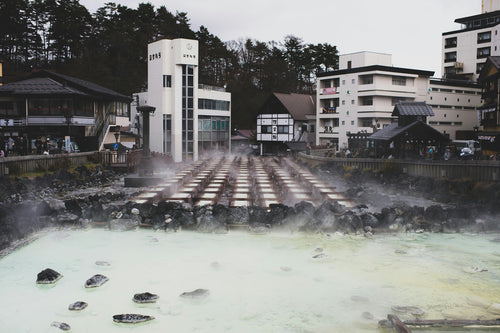
Japan’s Three Great Onsen: A Guide to Famous Hot Springs
Japan is famous for its natural hot springs, or *onsen* (温泉), offering visitors a unique opportunity to relax and rej...
-
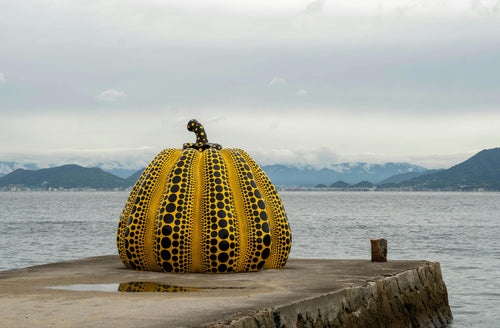
Japanese Art Exploration: Best Spots to Enjoy Art in Japan
Japan is a country rich in artistic heritage, from centuries-old traditional crafts to modern, innovative instal...
-

Guide to Japan’s Fireworks Festivals: When and Where to Go
Japan’s summer fireworks festivals, known as "hanabi taikai" (花火大会), are among the most anticipated events in th...
-
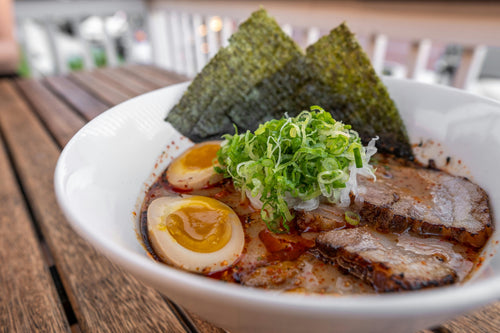
Where to Experience Ramen-Making Classes in Japan
Ramen is one of Japan’s most beloved dishes, with countless regional styles and flavors that attract food lovers from...
-
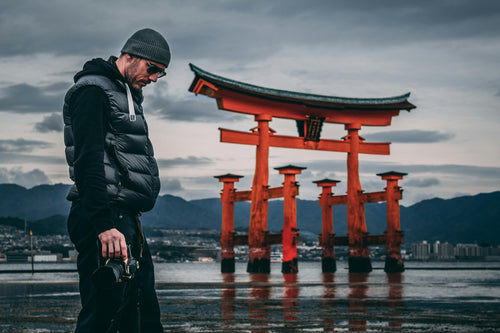
Power Spot Tours: Japan’s Famous Temples and Shrines
Japan is a land steeped in spiritual history, and visiting its temples and shrines provides not only a glimpse i...
-
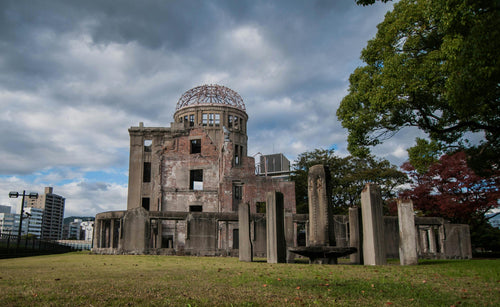
UNESCO World Heritage Site Tour Guide in Japan
Japan is home to numerous UNESCO World Heritage Sites, each offering a glimpse into the country’s rich cultural herit...
-
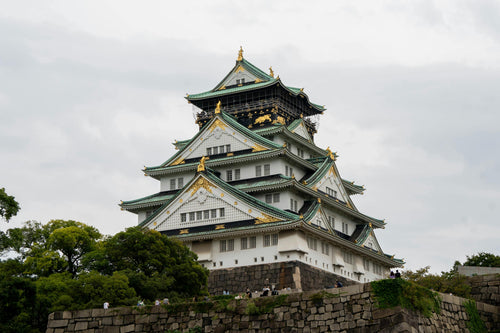
5 Famous Japanese Castles: History and Highlights
Japan is home to some of the most beautiful and historically significant castles in the world. Built during the feuda...
-
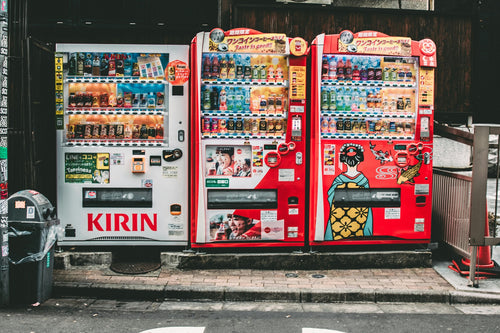
10 Unique Drinks to Try from Japanese Vending Machines
Japan is famous for its vending machines, offering an incredible variety of drinks that go beyond just soft drinks an...
-
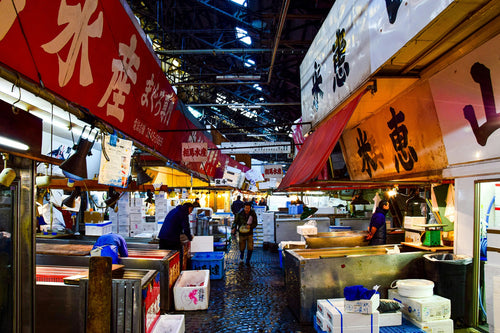
Tokyo Market Guide: Exploring Tsukiji and Toyosu Markets
Tokyo's Tsukiji and Toyosu Markets are must-visit spots for food lovers and anyone interested in Japan’s rich culinar...
-
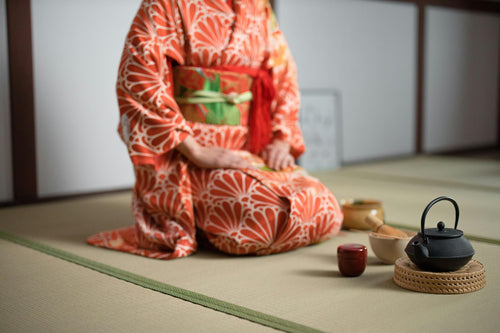
Experiencing Traditional Tea Ceremony in Tokyo
The Japanese tea ceremony, or "chanoyu," is a cultural experience steeped in tradition, aesthetics, and mindfulness....
-
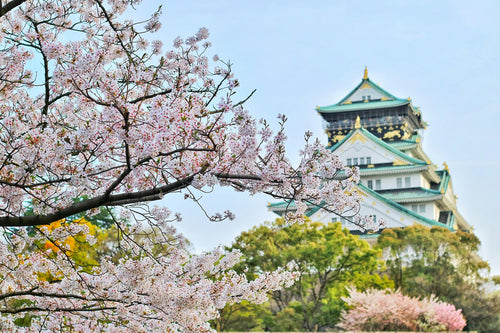
Top 7 Cherry Blossom Viewing Locations in Tokyo
Springtime in Tokyo is synonymous with the cherry blossom season, a breathtaking period when the city’s parks, rivers...
-
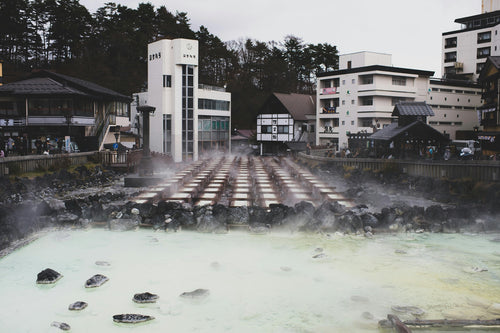
What is Onsen? A Guide to History, Benefits, and Etiquette
Onsen, Japan’s cherished hot spring culture, offers a unique blend of relaxation, scenic beauty, and deep-rooted trad...
-
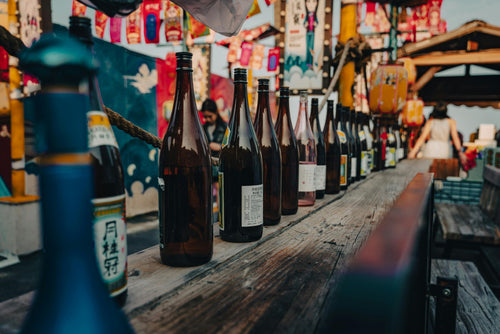
What is Sake? Its Production Method and History
Sake is a traditional Japanese alcoholic beverage made from fermented rice. It has been enjoyed in Japan for over a t...
-

8 hot springs with beautiful scenery near Tokyo
Tokyo is a bustling metropolis, but just outside the city are some of Japan's most serene hot springs, or onsens, off...
-

Top 10 museum to visit in Tokyo
Tokyo is home to a diverse range of museums that cater to all interests, from art and history to technology and pop c...
-
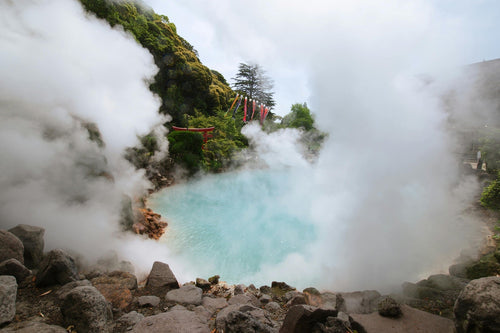
9 Best Hot Spring and Bathhouse in Tokyo
Tokyo is known for its vibrant urban energy, but it's also a fantastic place to relax and rejuvenate in hot springs (...
-
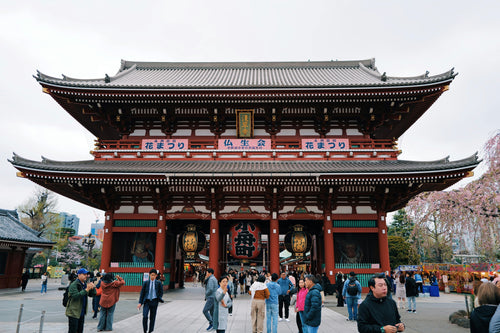
15 Famous Temples and Shrines to Visit near Tokyo
Tokyo and its surrounding areas are home to many famous temples and shrines that showcase Japan's rich spiritual and ...










































